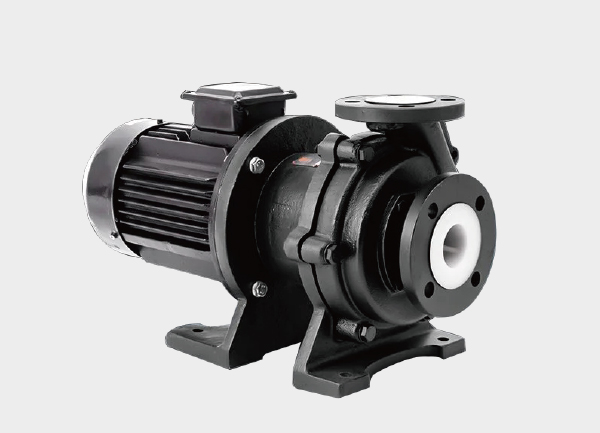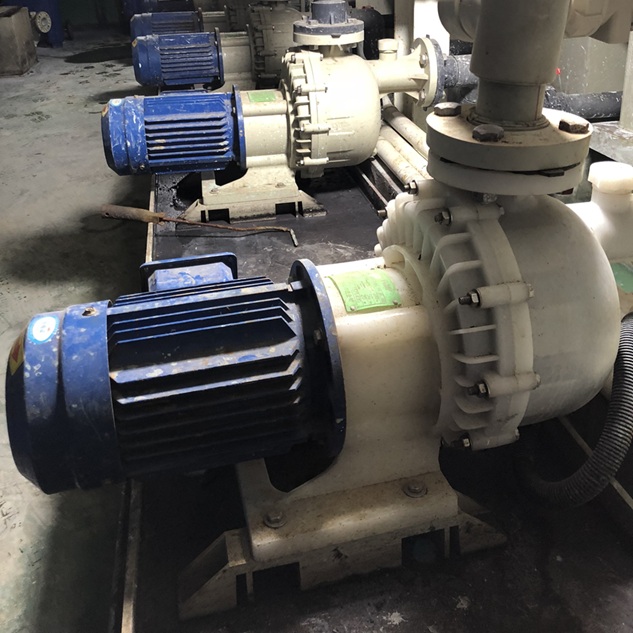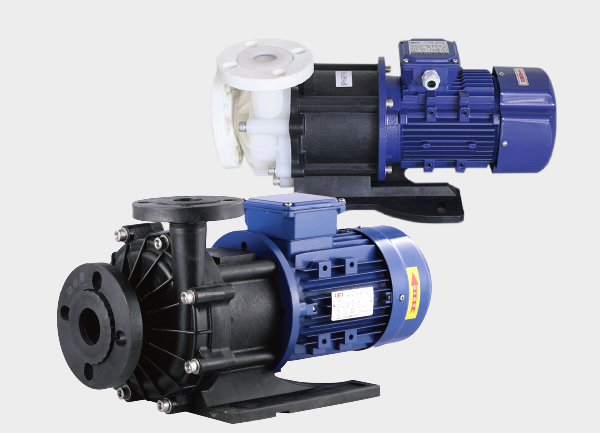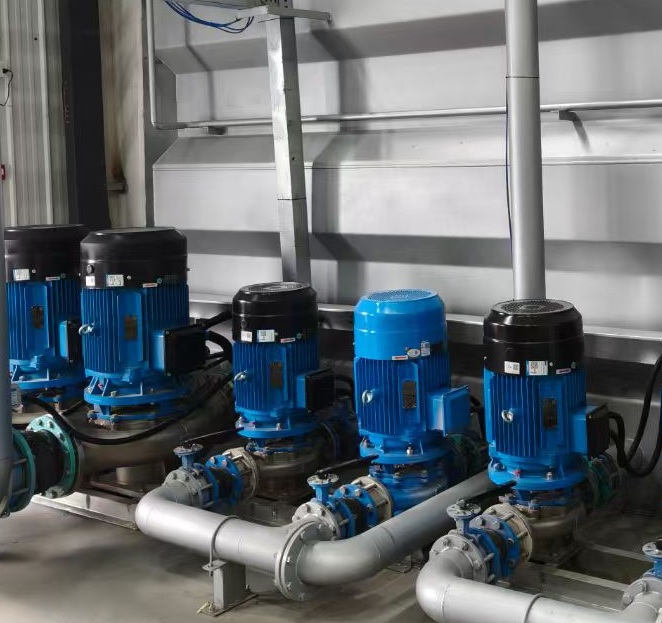The magnetic drive pump (also known as a mag drive pump or sealless magnetic pump) stands out for its completely leak-free operation, achieved through a unique magnetic coupling transmission mechanism. Unlike traditional centrifugal pumps that rely on mechanical shaft seals, the magnetic drive pump uses permanent magnets to transmit torque without physical contact, eliminating the risk of fluid leakage.
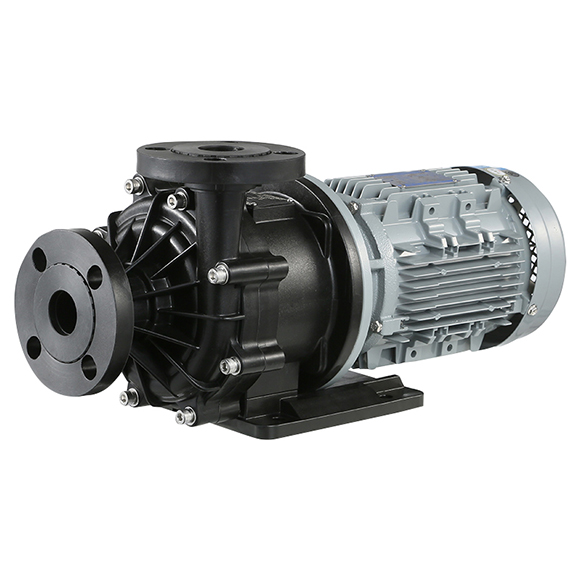
Magnetic Coupling Principle and Structure
At the core of a magnetic drive pump lies the magnetic coupling assembly, which consists of an outer magnet rotor, an inner magnet rotor, and a containment shell (isolation sleeve).
When the motor drives the outer rotor to rotate, its magnetic field penetrates the isolation sleeve, forcing the inner rotor—which is directly connected to the impeller—to spin synchronously. This non-contact torque transmission converts a dynamic seal into a static seal, completely enclosing the pump chamber and preventing any fluid from escaping.
The isolation sleeve is typically made from high-resistivity metals (such as Hastelloy) or non-metallic materials (like PTFE or reinforced plastics) to minimize eddy current losses and enhance corrosion resistance. Moreover, in the event of overload, the magnetic coupling can slip safely, protecting the motor from mechanical damage.
Performance Advantages and Limitations
The sealless design of magnetic drive pumps makes them ideal for transferring flammable, explosive, toxic, or highly corrosive liquids, such as acids, alkalis, or organic solvents.
Key advantages include:
Zero leakage – Ensures absolute containment of hazardous fluids.
Low maintenance – No mechanical seals to replace or lubricate.
Long service life – Often exceeding 10 years under proper operation.
However, magnetic pumps also have certain limitations:
Slightly lower efficiency (typically 10–30% less than conventional centrifugal pumps).
Sensitive to solids – Requires filtration of particles larger than 0.15 mm.
Magnet demagnetization at high temperatures, which can reduce torque transmission.
Applications and Technological Advancements
Magnetic drive pumps are widely used in chemical processing, pharmaceutical manufacturing, semiconductor production, and electroplating industries—anywhere safety, purity, and reliability are critical.
In semiconductor plants, their leak-free, non-contaminating operation prevents chemical cross-contamination.
In electroplating systems, they safely handle corrosive plating solutions.
Future developments focus on improving thermal stability and energy efficiency by adopting high-performance NdFeB (neodymium-iron-boron) magnets and ceramic-coated containment shells, enabling magnetic pumps to perform reliably under high-temperature and high-pressure conditions.
In summary, the magnetic drive pump represents a significant leap in sealless pump technology, combining safety, reliability, and environmental protection. As material science and magnetic coupling design advance, magnetic pumps will continue to expand their role in modern industrial fluid handling.



